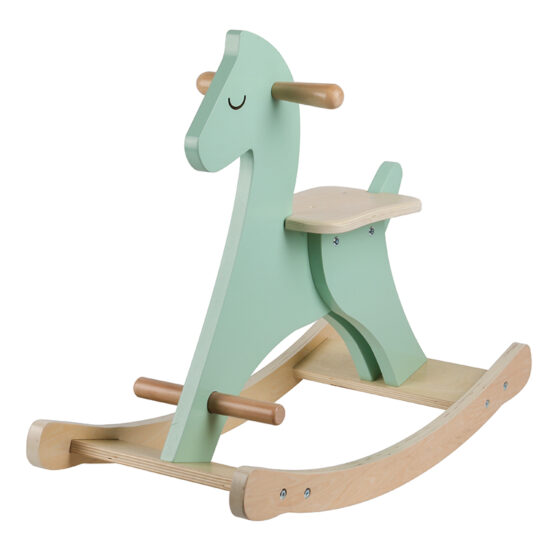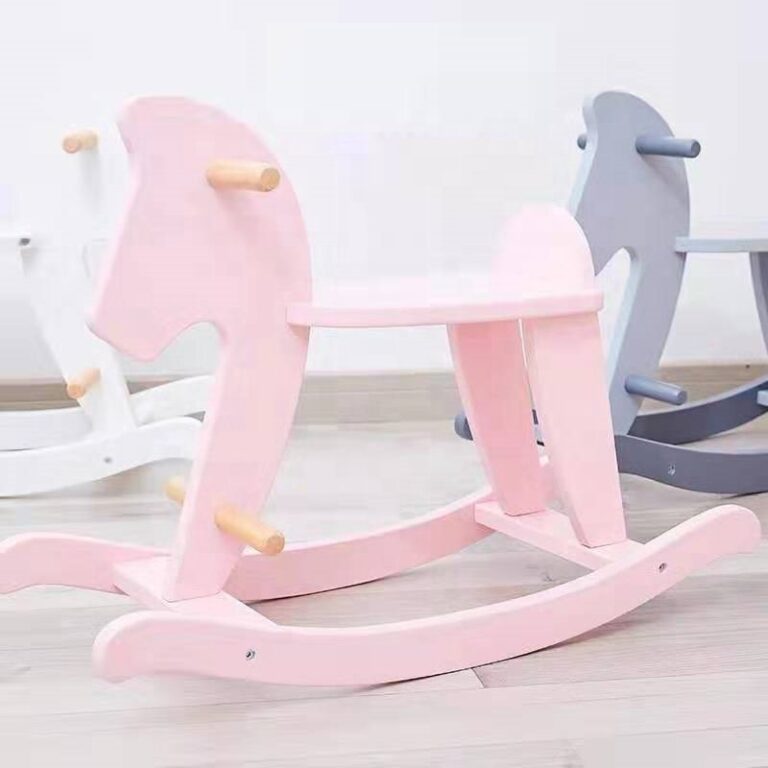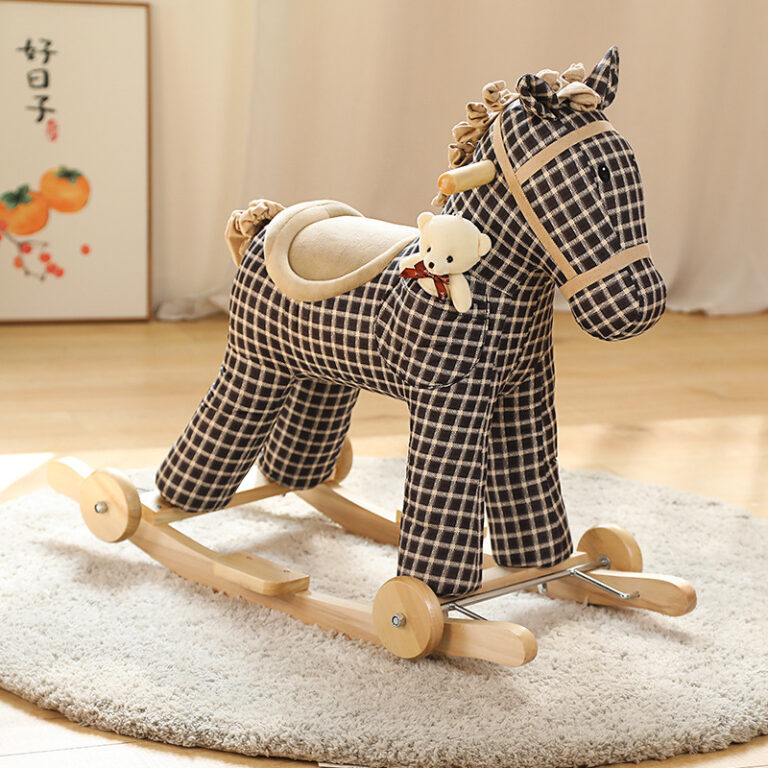jay@nbdho.com
From Forest to Playroom: The Complete Manufacturing Process of Wooden Toys
Wooden toys have been cherished for generations due to their durability, safety, and timeless appeal. But how are they actually made? Here’s a detailed look at the production process, from raw wood to finished playthings.
1. Material Selection
The process begins with choosing the right wood. Common types include:
-
Maple, beech, or birch (hardwoods for durability)
-
Pine or rubberwood (softer, more affordable options)
-
FSC-certified or reclaimed wood (for eco-friendly production)
Wood is inspected for knots, cracks, and imperfections to ensure only high-quality pieces are used.
2. Cutting & Shaping
-
Planks are cut into rough toy shapes using band saws or CNC machines.
-
Smaller components (like wheels or puzzle pieces) are precision-cut for consistency.
-
Edges are sanded to remove splinters and create smooth, rounded surfaces.
3. Sanding & Smoothing
-
Multiple sanding stages (coarse to fine grit) ensure a baby-safe finish.
-
Hand-sanding may be used for intricate designs.
4. Joinery & Assembly
-
Non-toxic wood glue secures parts like blocks or train tracks.
-
Dowel joints or screws reinforce sturdier toys (e.g., rocking horses).
-
Some toys remain unassembled (like building blocks) for open-ended play.
5. Finishing & Decoration
-
Food-grade stains or water-based paints add color without toxins.
-
Natural oil or beeswax enhances grain while maintaining safety.
-
Laser engraving may be used for detailed patterns.
6. Quality Control & Safety Testing
-
Each toy is checked for choking hazards, sharp edges, or weak joints.
-
Compliance with international safety standards (e.g., ASTM, EN71).
-
Stress tests ensure durability (e.g., repeated drops, twist tests).
7. Packaging & Sustainability
-
Minimal, plastic-free packaging (often recycled cardboard or cloth bags).
-
Some brands plant trees to offset production.





